How to Choose a Bathtub?
Soaking in a bathtub is far more enjoyable than standing under a shower. A comfortable shower experience can be described as getting by, but combining a shower with a soak in the tub is what truly makes life comfortable.
However, there are many voices online telling us that bathtubs are useless. Is that really the case? What should you consider before purchasing a bathtub? Today, KORRA shares some practical knowledge about bathtubs during bathroom renovation. If you are considering installing a bathtub in your bathroom, it is recommended to read this article before making a purchase.
01 Types of Bathtubs
A Built-in Bathtub
Built-in bathtubs do not require external cleaning, and the countertop provides space for bathroom essentials, taking up less floor space. Freestanding bathtubs are easier to install and maintain, making them suitable for homes where the floor has already been renovated and you decide to purchase a bathtub on a whim.
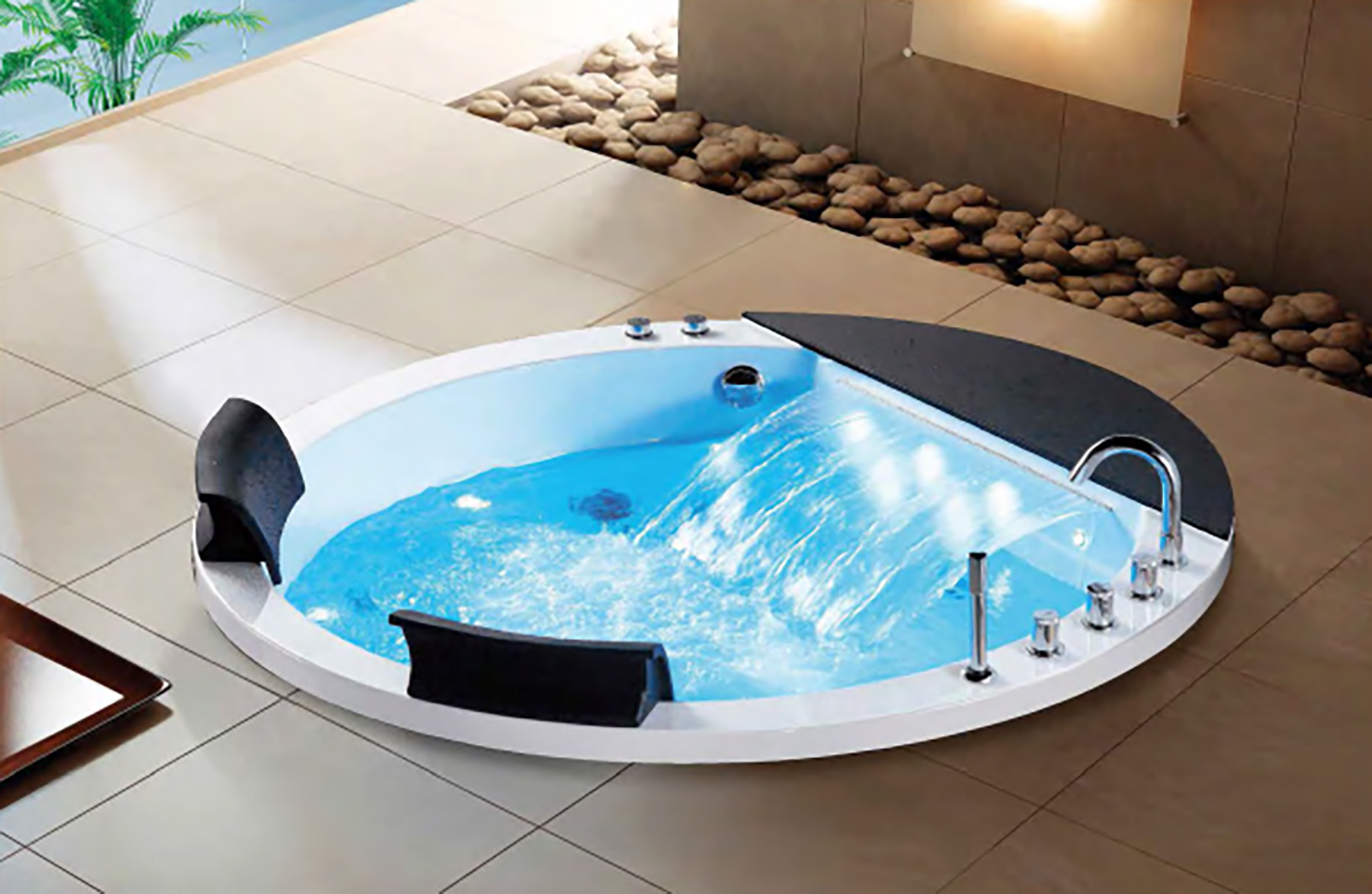
B Freestanding Bathtub
Freestanding bathtubs are the ones we commonly see with ‘legs.’ They are aesthetically pleasing, offer greater comfort, and are easy to move and maintain, making them popular among the general public.
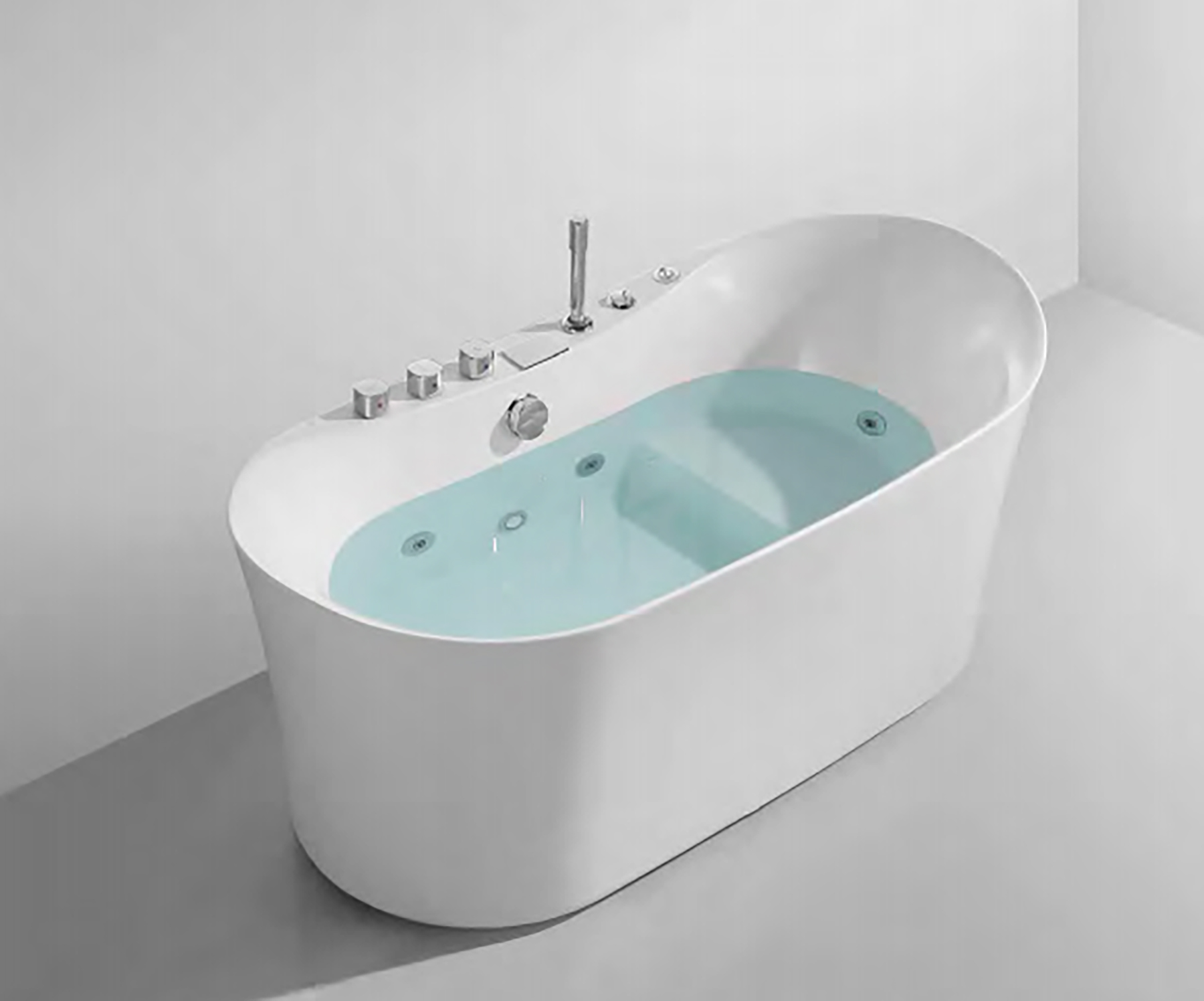
02 Based on material
bathtubs can be categorised into acrylic bathtubs, steel bathtubs, cast iron bathtubs, and wooden tub bathtubs.
What are their respective advantages and disadvantages? Let's analyse them together.
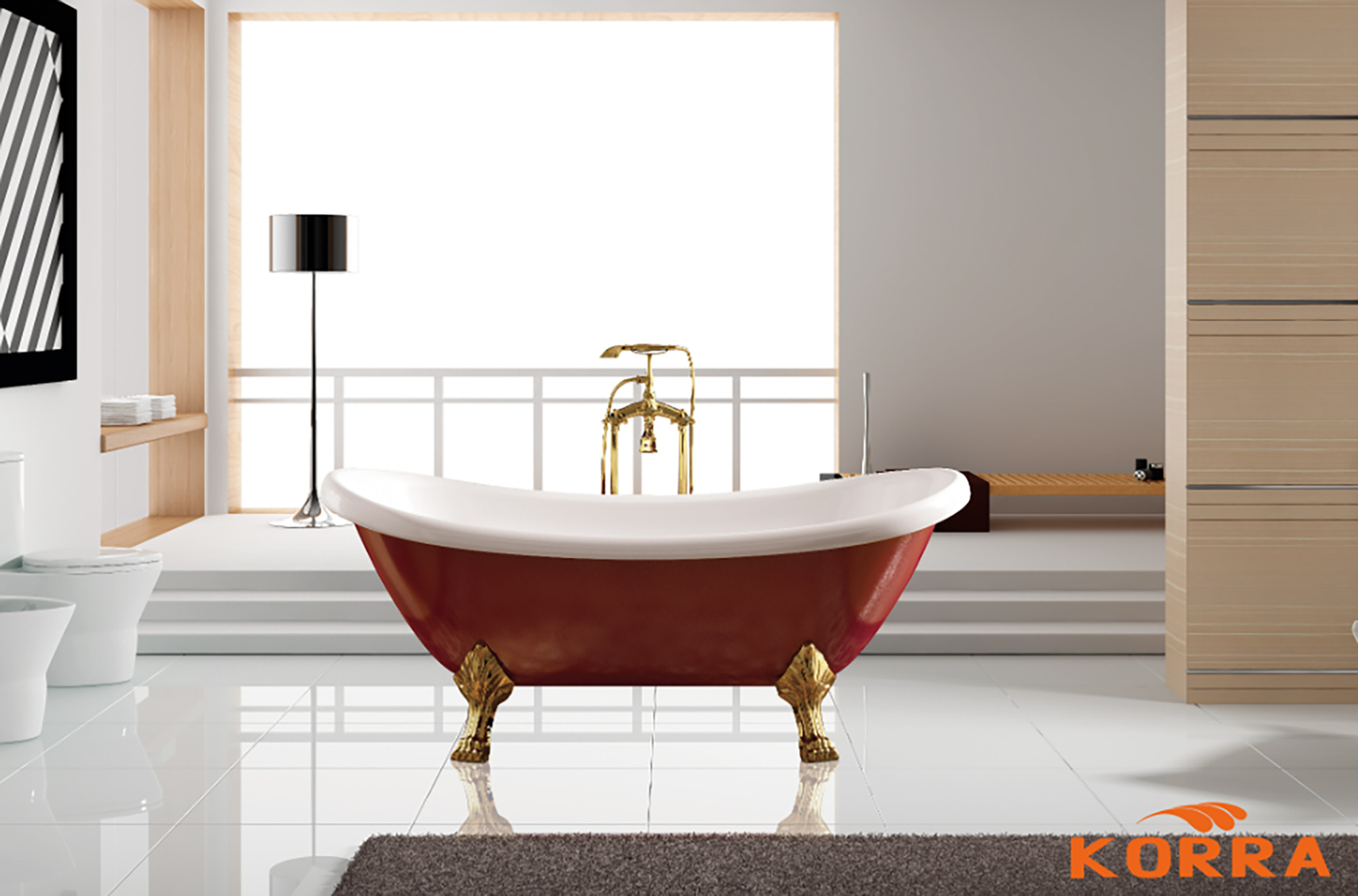
A Acrylic panels Advantages
Affordable, good insulation, diverse designs Disadvantages: Prone to scratches, not wear-resistant, prone to fading, difficult to clean, loud drainage noise.
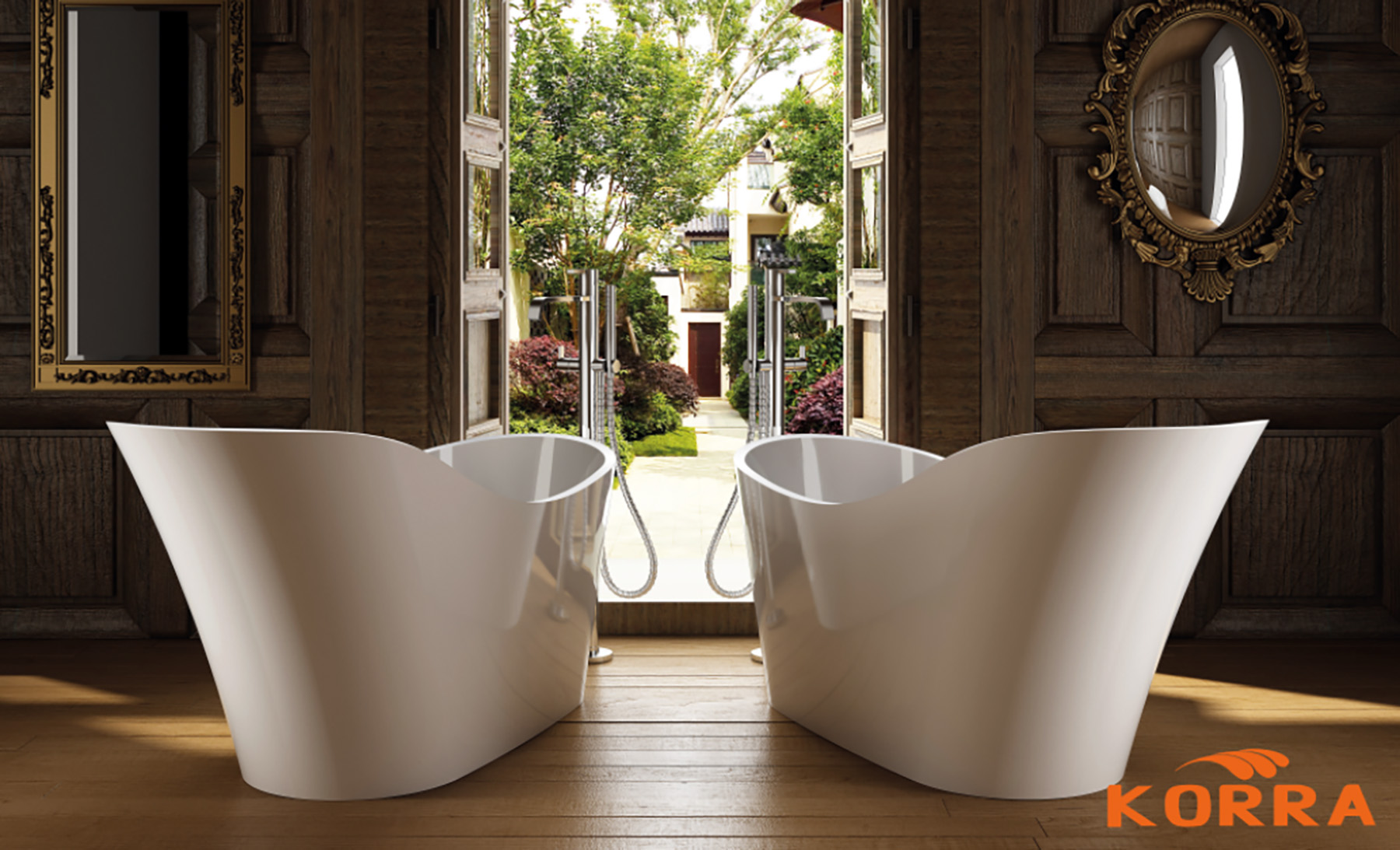
B Steel bathtubs
Advantages: Moderate price, lightweight, easy to clean, resistant to fading, long-lasting gloss
Disadvantages: Poor insulation, loud drainage noise.
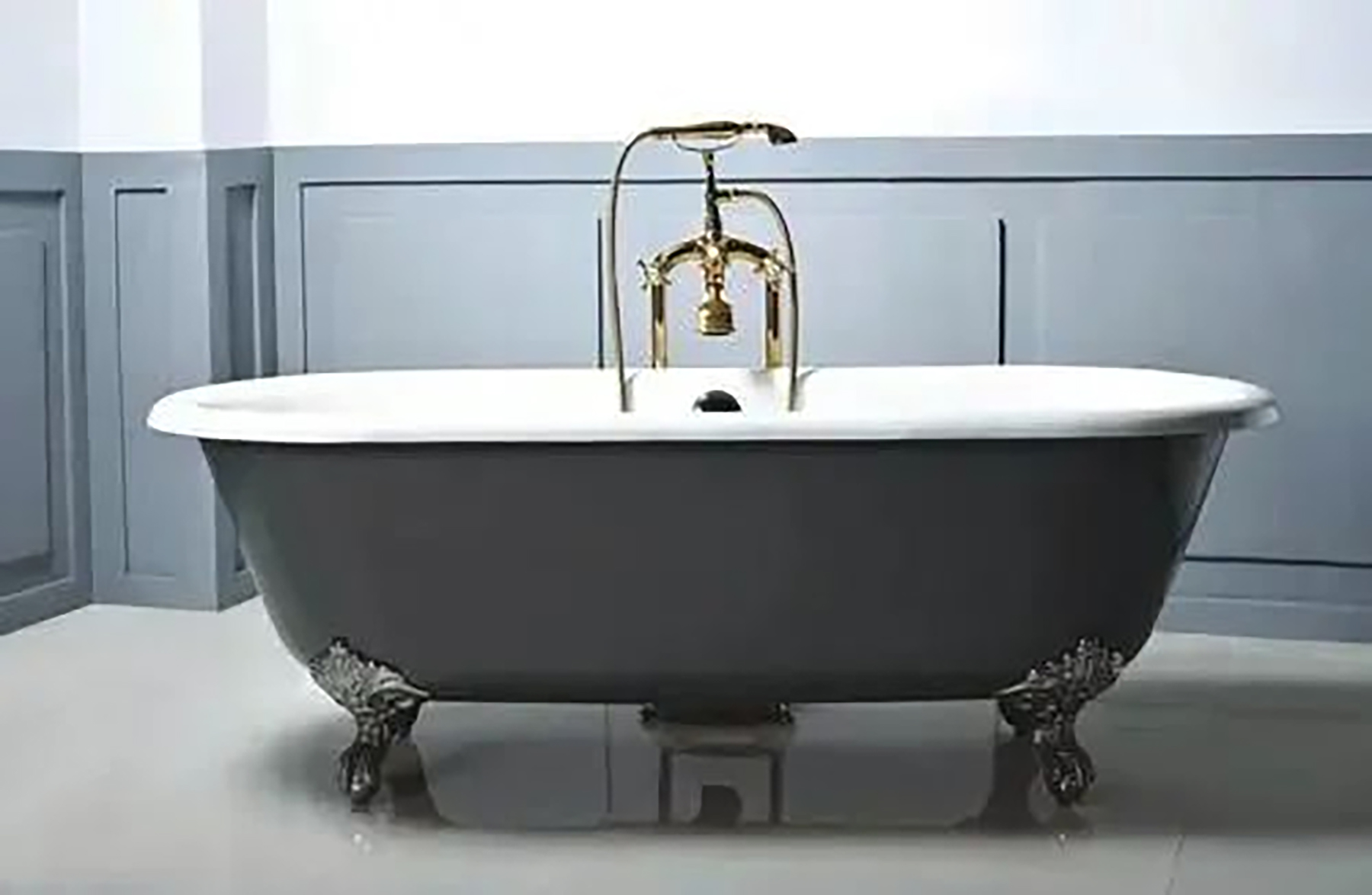
C Cast Iron Bathtubs
Advantages: Durable, low noise during drainage, easy to clean, good insulation.
Disadvantages: High cost, heavy weight, limited design options.
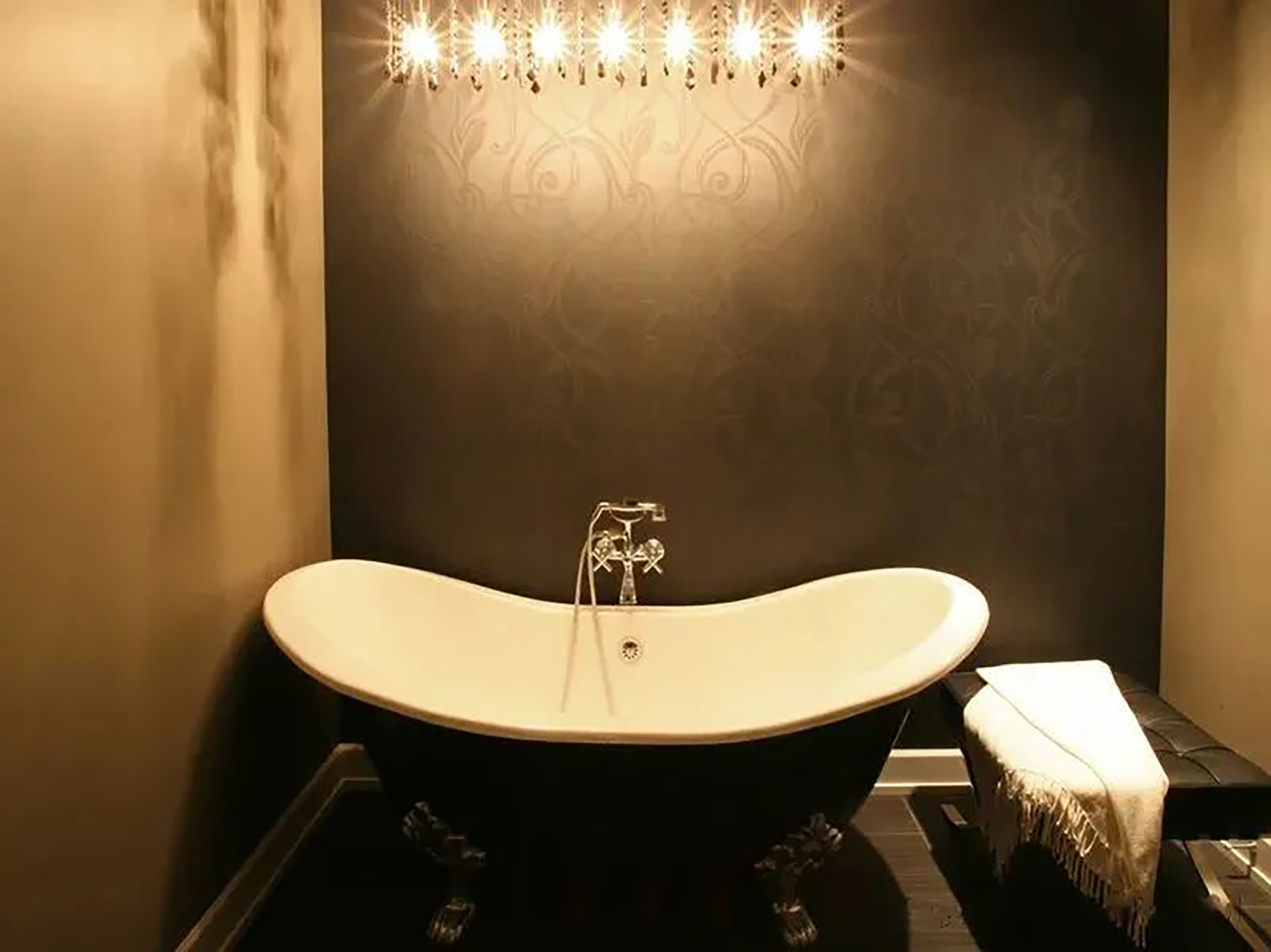
D Wooden Barrel Bathtubs
Advantages: Easy to clean, strong insulation, eco-friendly material;
Disadvantages: Requires maintenance, may warp and leak. Poor decorative performance if used indoors.
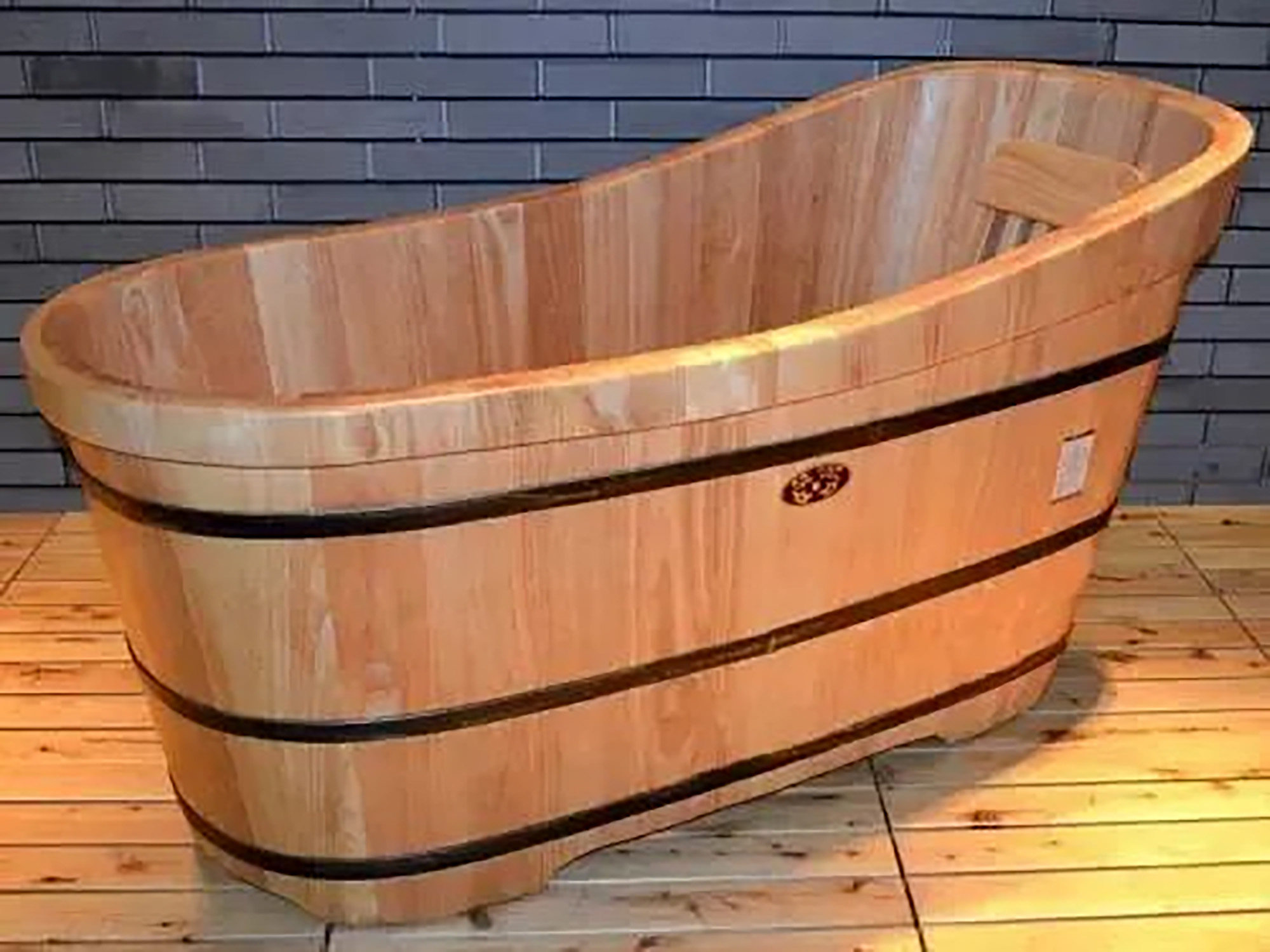
03 Bathtub Dimensions
Generally, the standard dimensions for a bathtub are 160×70 cm. The length typically ranges from 1.5 m to 1.8 m, and the width from 56 cm to 75 cm. When installing, the distance between the bathtub and the opposite wall should ideally be 100 cm. If space is limited, there should be a minimum of 80 cm between the bathtub and other walls or objects.
04 Bathtub Essentials
Finally, here are some bathtub essentials we recommend.
Diatomite stone slab footpad: While it may be slightly more expensive than ordinary mats, it dries on its own after use, remains completely dry, and has no odour—a must-try!
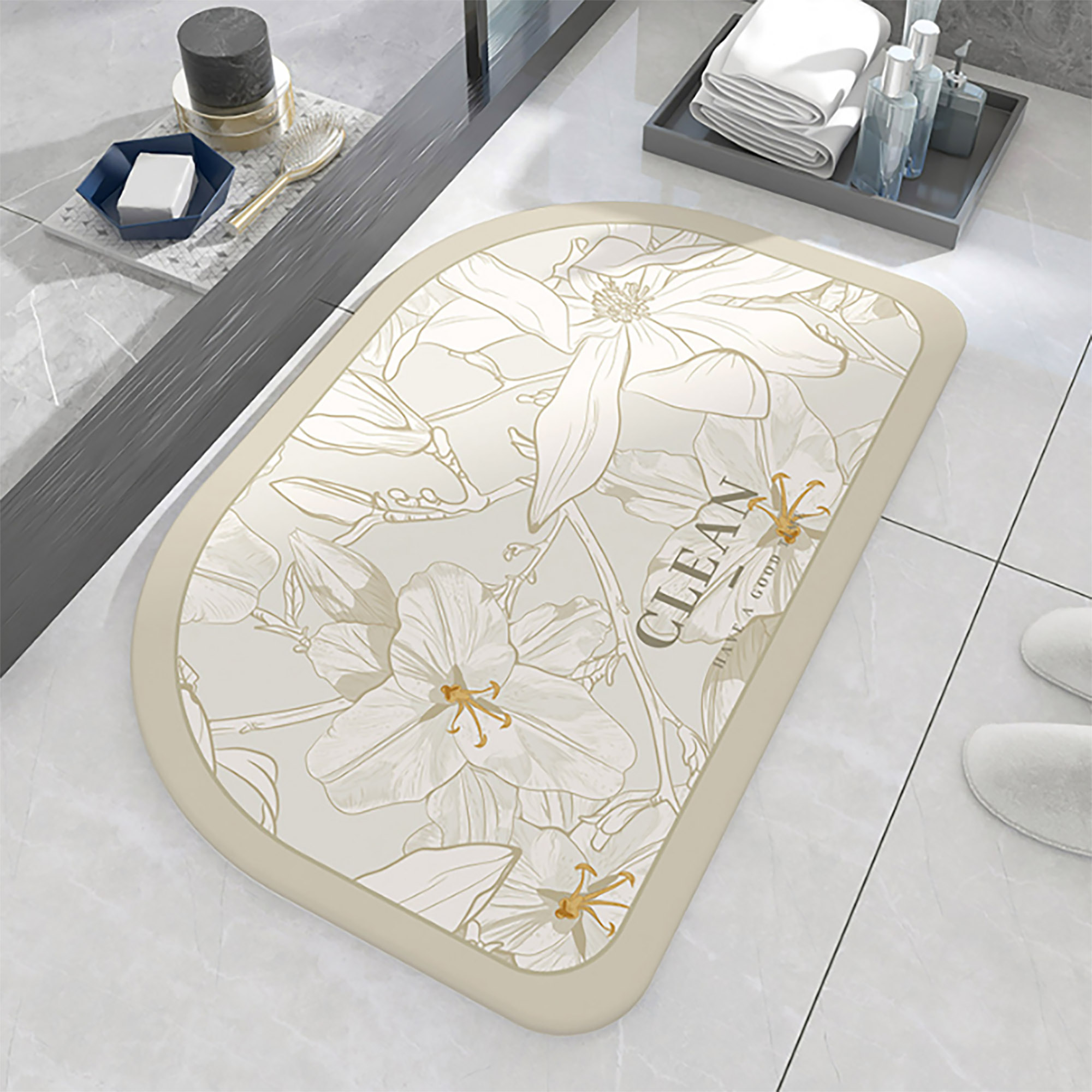
Bathtub pillow + bathtub stand: Do we really need to explain why we recommend this? Enjoy a soak without getting up—while others lounge on the sofa, you can relax in the bathtub!

Hope everyone can find a bathtub that suits them perfectly
and enjoy a comfortable hot bath every day~
